Dumpster + Rom Mustapha
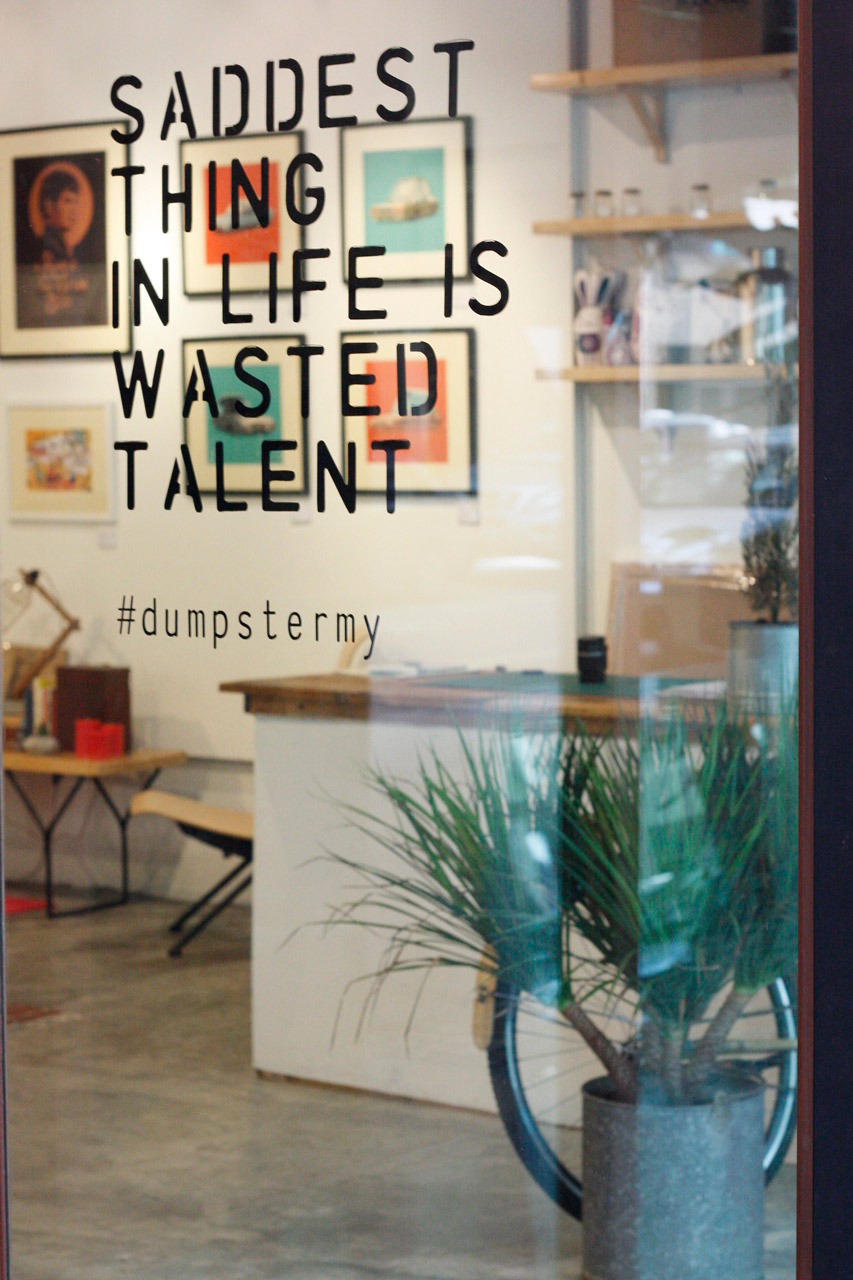 Thirsty for JUICE content? Quench your cravings on our Instagram, TikTok and WhatsApp
Thirsty for JUICE content? Quench your cravings on our Instagram, TikTok and WhatsApp
SHOP
Dumpster
A Celebration and Preservation of Culture and Heritage
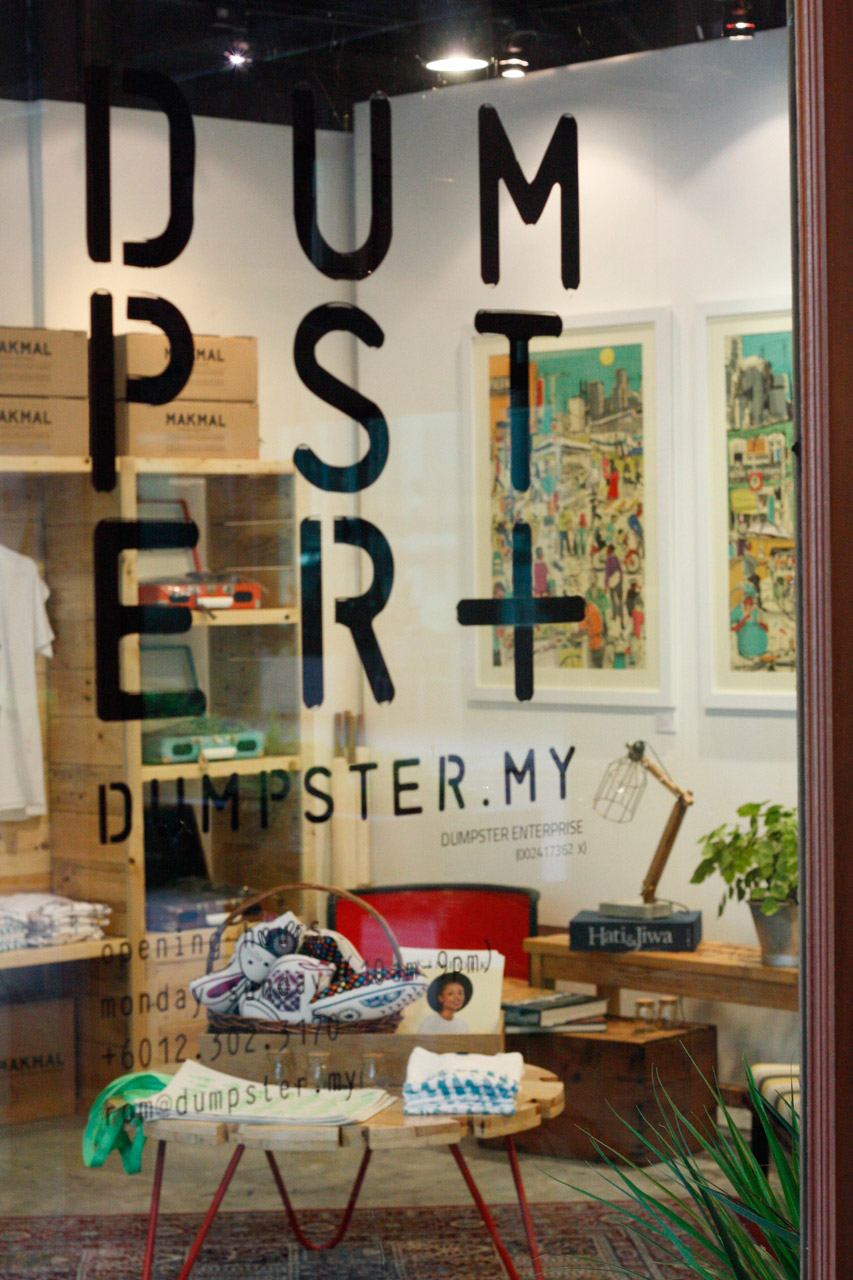
Plastered on the glass window of Dumpster is a quote from Robert De Niro’s directorial debut Bronx Tale, “The saddest thing in life is wasted talent.” But this is not where the has-beens or bad art go to live out their existence, rather, founder Romaizie Mustapha wanted a place where he could showcase the works of ‘wasted talents’ he’d come across in a gallery for all to see and experience. The specific talents in which he refers to are the ones who have an inane knack for art, but have for whatever reasons, chosen not to pursue a career in the arts and creative industry. However, one of the key elements or requirements in order to be a part of the Dumpster art gallery is that the art has to be Malaysiana-themed. This is an essential aspect that Rom has always envisioned, sometimes it takes an effort to scout and convince the artists he discovers, but ultimately Dumpster is a gallery where local culture and heritage is preserved and celebrated.

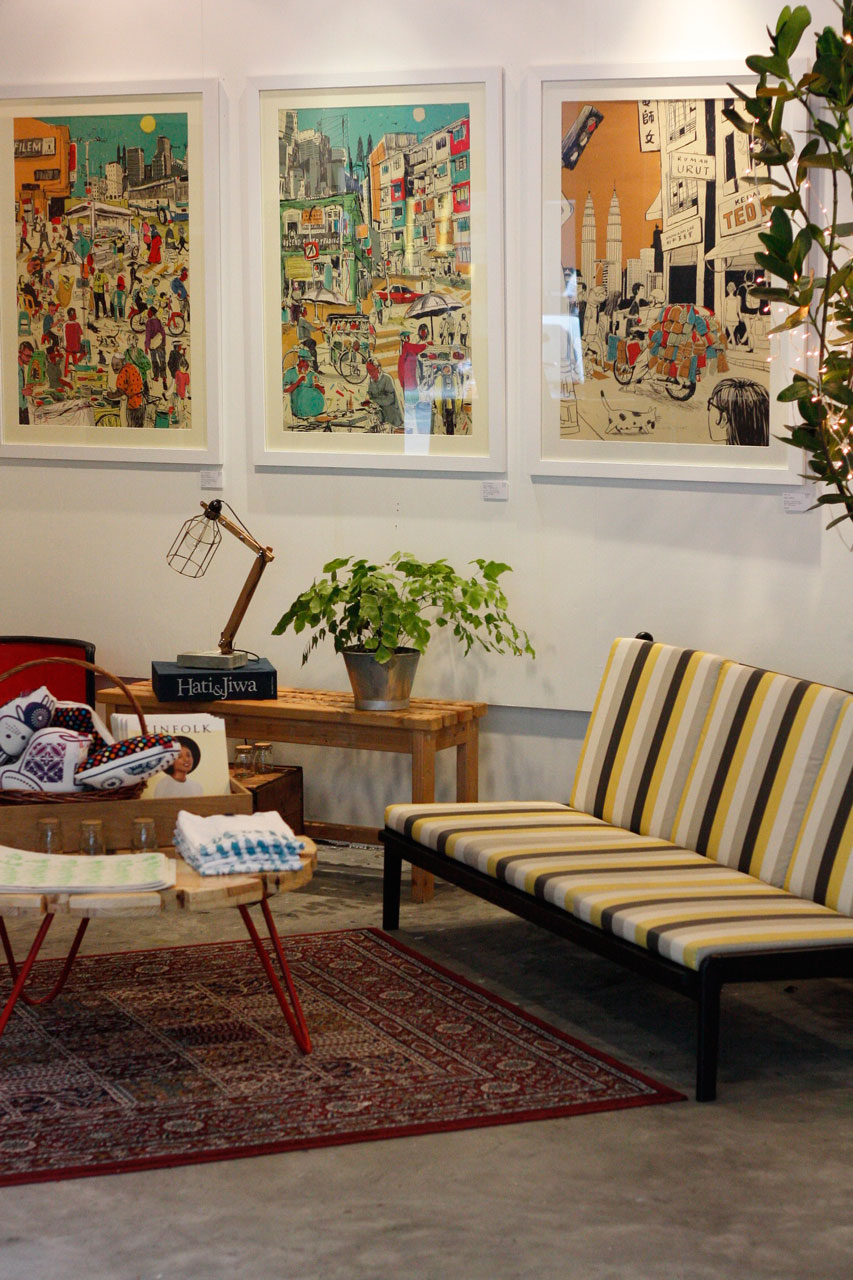
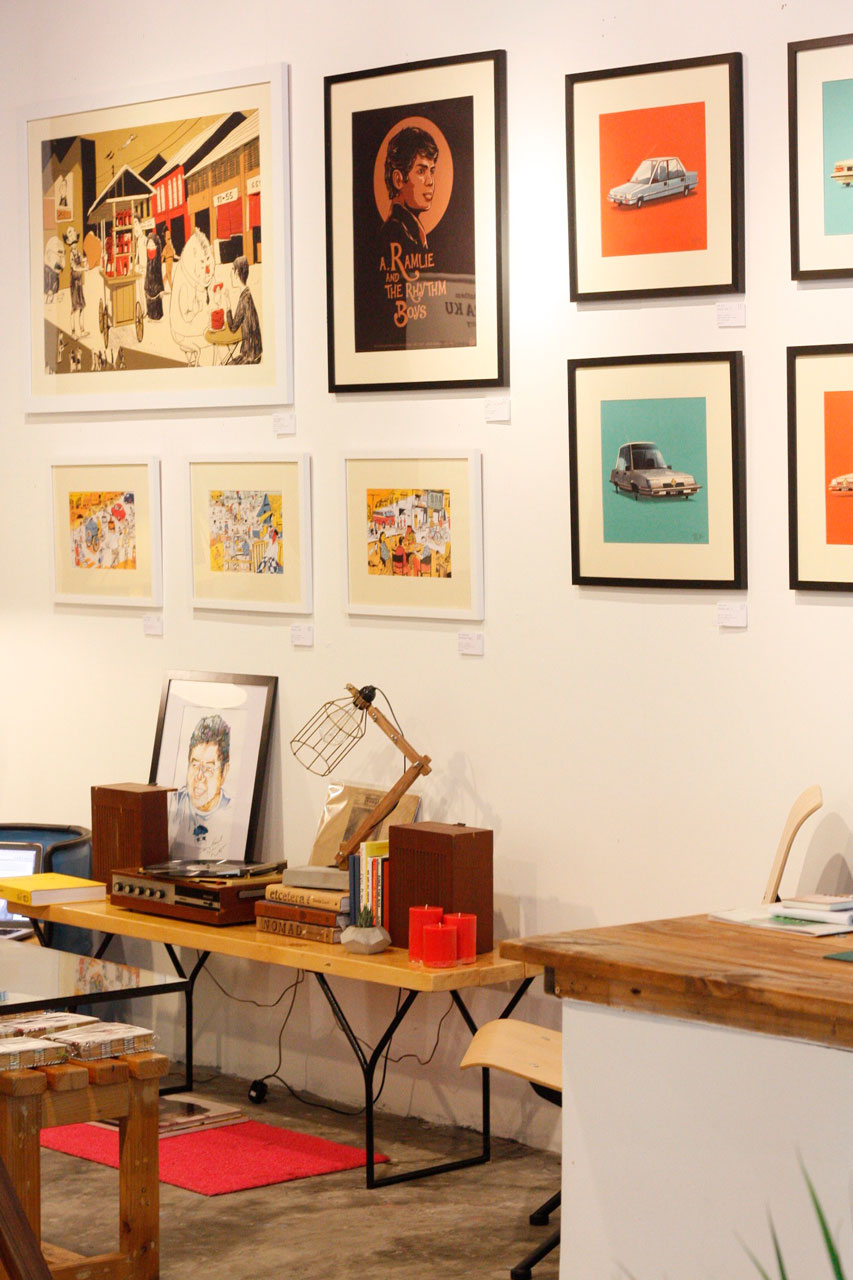
Dumpster is located at Lot 53, Publika Shopping Gallery, Jalan Dutamas 1, 50480 Kuala Lumpur, Malaysia. It opens daily from 10am to 9pm.
T: 012 302 3170
facebook.com/dumpster.my
OWNER
Rom Mustapha
Impassioned Advocate
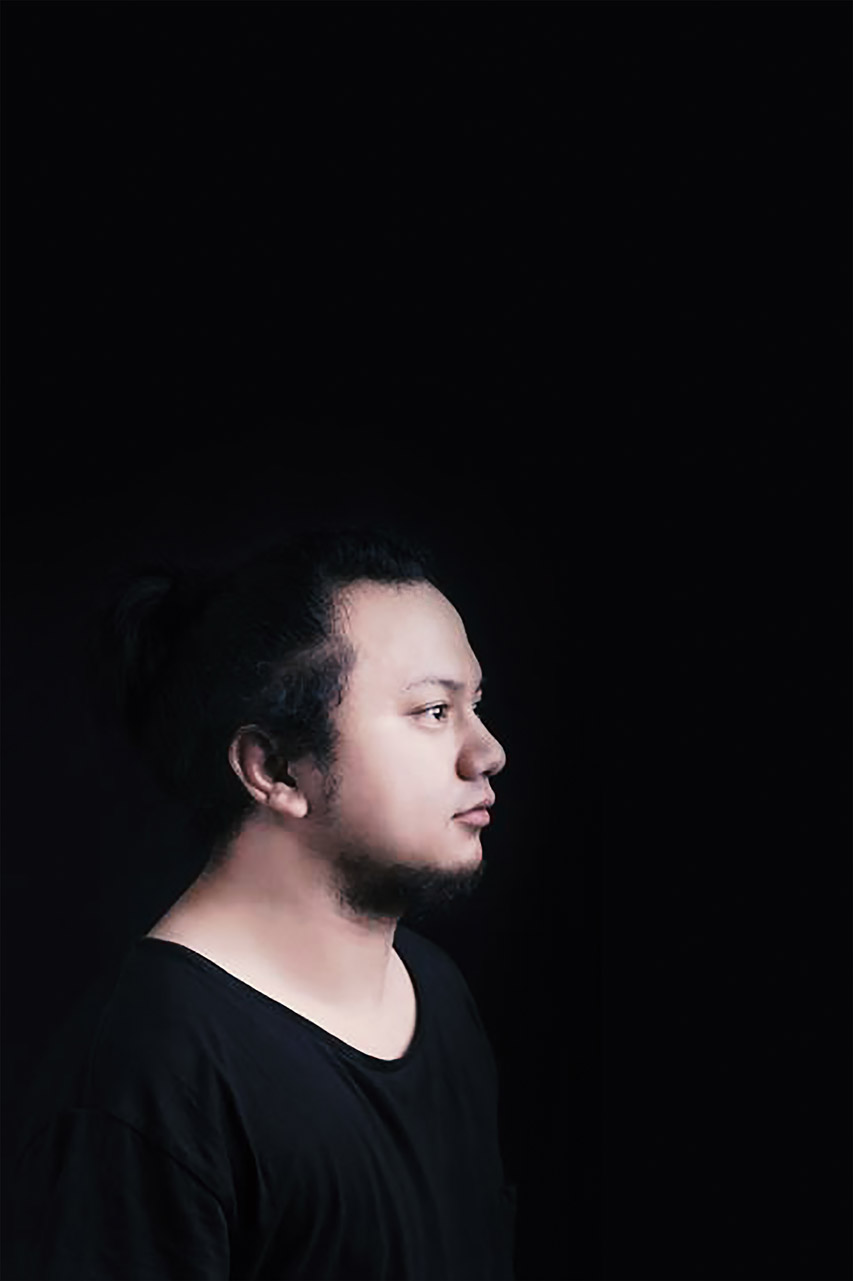
With a steadfast passion to reinstate local culture and traditions in the awareness of people today, Romaizie — or Rom for short — strives hard to cajole talented people with artistic and creative inclinations to join him in the promotion of Malaysiana art by way of Dumpster. He has the ambition to will people to give their artistic gifts an opportunity to burgeon — by giving them a centralised direction to create localised artworks. And with the help of these artists, it seems that his dream of a Malaysiana Typo is within reach.
We know that you started the vintage store in Publika called Outdated. But may we know why did you decide to leave Outdated?
I started Outdated with an objective to preserve and recycle Malaysian heritage. This is my passion. I like to travel all over Malaysia, meet antique enthusiasts, and hear their stories about their collection and history. But when it slowly changed the direction to bring stuff from overseas, I think it’s not for me anymore.
Are there any valuable lessons that you have learnt from the experience of creating Outdated before starting Dumpster?
Yes, I keep in mind to follow your passion and money will come. In case the money didn’t come, at least you’ll fail with a smile (smiles). And to avoid partnership (laughs).
What prompted you to start Dumpster?
I started a platform for these talents, but suddenly, I feel that I needed strong content like when I started Outdated. So I applied the same – but wider – objective. Instead of preserving Malaysian heritage, I want to preserve Malaysian culture and tradition. I want to showcase what Malaysia is all about – the colours, the beautiful and delicate culture, and the tradition that has slowly faded and become extinct. For me, I think we live in a critical situation where most of the kids don’t know what our traditional dances are, like Inang, Zapin, Joget Pahang, Kuda Kepang, Makyong, etcetera. They don’t know what are Awang Batil, Wayang Kulit, Dikir Barat, Dondang Sayang. We’re losing our identity. For me, we as creative people can change this. We can craft our own market. We are the trendsetters. We have a big responsibility—with great power comes great responsibility. Malaysian content is unique to me. Let’s say if you search online (i.e. Etsy) about Radiohead or Thom Yorke, there are thousands of art about Radiohead and Thom Yorke. Then you search about M. Daud Kilau or A. Ramlie, I don’t think you can find one. In the art and creative industry, you need to be unique, you need to be different. You need to have your own USP (unique selling proposition). Not just unique, but it should carry powerful content.
Day to day, what are your roles in the operations of Dumpster?
For Dumpster, I want it to be a movement, a movement for these undiscovered and wasted talents, and to preserve our culture, heritage, and tradition. So, I do a lot of talent scouting. But it’s hard to convince them that the creative and art industry is [profitable] because for me, you need to start small in this industry. You’d have to create your own fan base and collectors. Most of them, they have superb skills, but they like to draw something that doesn’t carry any content, for instance, superhero characters. It’s something that’s very hard for you to make a name for yourself in this industry, and it’s also very hard to sell. I used to work in advertising for five years, and I believe in advertising. I see an artist as a product, as a brand. What makes you different from the other brands? Or are you just the same? So, I give them a bit of art direction and also life direction (laughs). Once they can find the right style, they can develop it to another level. I want them to leave a great impact in the country. I want them to be remembered.
Do you only approach undiscovered talents for Dumpster? Is it difficult to find artists that create art with a strong Malaysian essence to it?
Yes, we only approach undiscovered talents. And yes, it’s very hard because to some of them, culture, heritage, and tradition are boring. However, when we discussed and explained to them why this is important, they want to join the movement. They started to become concerned and worried about our culture, heritage, and tradition. They started to do research and fall in love with our culture and tradition.
Other than the overall Malaysiana theme, is there another art direction for the gallery?
Currently, we’re only focusing on anything related to Malaysia, from food, culture, heritage, tradition, to the muhibbah spirit.
From the BFM interview, it said that you wanted Dumpster to be a warehouse for hundreds of artists. Would you want Dumpster to ultimately become more of a collective than an art gallery?
Basically, Dumpster is a small start. I have this big dream – I want to have a warehouse as an office or studio for all these artists. The warehouse must be cool and playful so that the artist can generate more ideas, something like Google’s office. They can come and go whenever they want as long they produce artwork. And then there’s a department where they can choose which artwork suits best, such as fabric prints, art prints, art on shoes, bags, tees, mural, advertising campaign or for the gallery. Our creative industry will be more colourful and have more variety. Then we can have a chain of retail shops like Typo but filled with local arts, local artists—essentially a Malaysiana-themed store. But, that’s just a dream. I think it’s okay to dream big and start small (laughs).
We understand that many of the artists you find for Dumpster have other day jobs, do you have to convince them to create some art? Or are these artists just looking for a place to feature their works?
Lately, there are a lot of artists who approached me to put their work in Dumpster. But when I told them their work must be Malaysiana, some of them don’t want to join. Yes, I have to convince them, when they do something with their heart and handwork, I’ll try my best to promote them, to brand them, and sell their work. I think in less than three months, they appeared in various media. Some of them quit their job to be full-time artists – I did not encourage them to quit – it’s their call. In fact, I was actually worried. But so far, so good. They can sell their work and make a living. I want them to work hard; I want them to see their own progress. We started to sell artwork from RM350, then it was RM1400, then it was RM2000, and soon, we can’t estimate the value. We started with art prints and now when they’re more established, they’ve come out with paintings where they can make more money.
Since you have stated that you wanted Dumpster to be more accessible to people. Have you considered looking at other places that is less upscale than the neighbourhood of Mont Kiara?
Yes, I want to have a chain of retail space like Typo and a few art and design galleries in KL, Johor, and Penang, perhaps even in Singapore because we share the same culture and history.
Dumpster also sells copies of Kinfolk and Monocle as well as other literature, how does that contribute to the Malaysiana objective of the art gallery?
I want all the artists and creative people to be inspired by those books. Like the Monocle Guide to Better Living books, one of the content is ‘20 Ways to Make Your City Better’. In ‘Make Your Mark: The Creative’s Guide To Building a Business With Impact’, it will arm you with practical insights for launching a purpose-driven business, refining your product, delighting your customers, and ultimately making something that matters—all of which can be applied in art. Like I said, as an artist, you must see yourself as a product. As for Kinfolk or any ‘hipster’ magazines, they can learn how to make good composition in their work. As we know, it’s hard to drive them to like Malaysiana content. Sometime, we need this kind of things to drive them into the gallery.
Are you surprised by the amount of coverage that the gallery has garnered?
Yes, I’m quite surprised. But before I started Dumpster, I’ve tried to find a right way to position it. I can feel that with scouting undiscovered talents and bringing them into the art and creative industry, along with Malaysiana content, all of these elements will make us the one and only gallery in Malaysia. Before I started Dumpster, I’ve always asked myself, how can Dumpster make this world a better place?


 Get Audio+
Get Audio+ Hot FM
Hot FM Kool 101
Kool 101 Eight FM
Eight FM Fly FM
Fly FM Molek FM
Molek FM